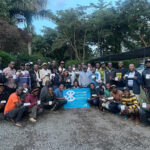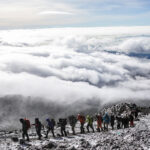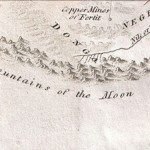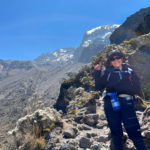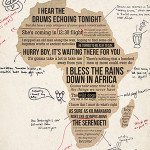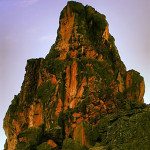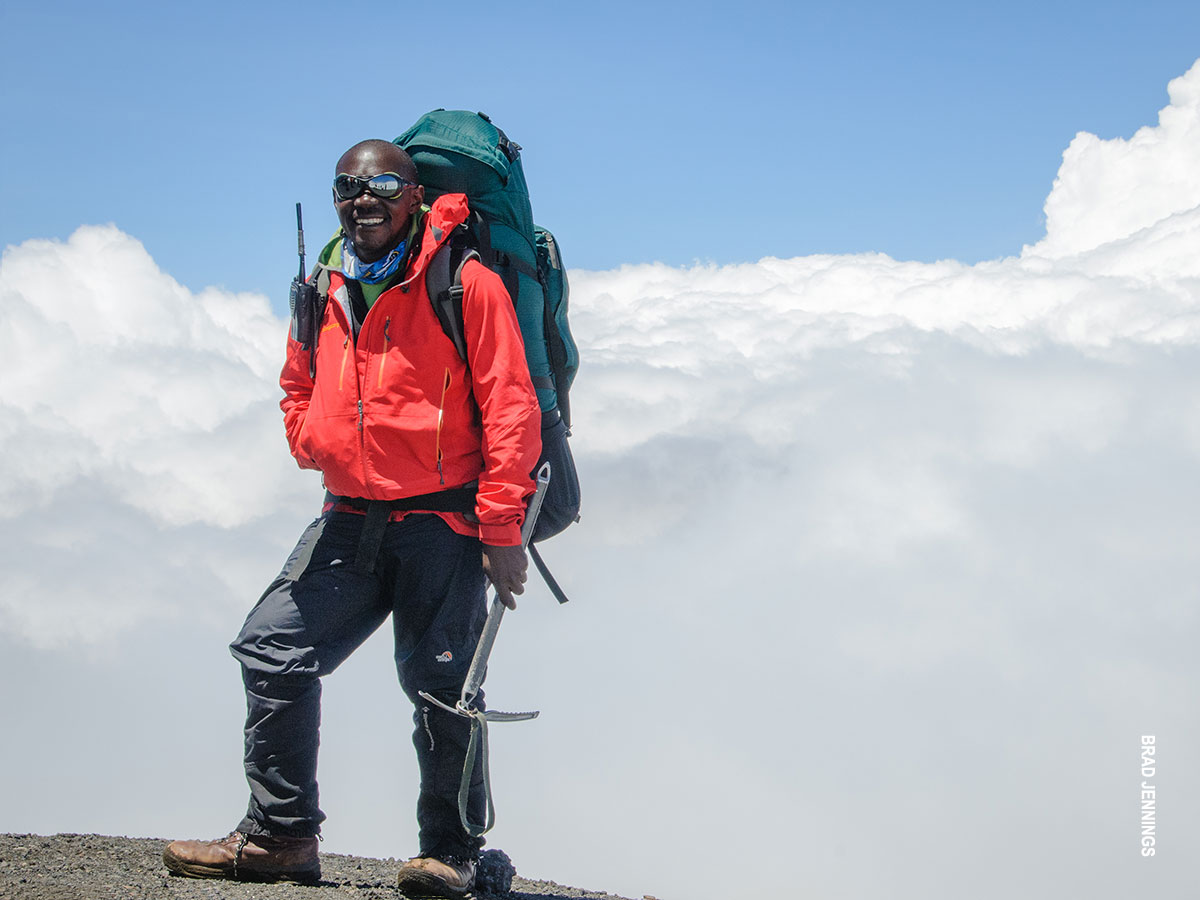
Your guides are your most important assets on Kilimanjaro. That’s why we go the distance to make sure every guide, not just your head guide, is a certified Wilderness First Responder (WFR).
Because we’ve seen just about everything on Kilimanjaro; unexpected snowstorms, twisted ankles, altitude sickness – the right guides spot the warning signs beforehand and prepare for everything. A WFR certification is the proof.
What is a Wilderness First Responder?
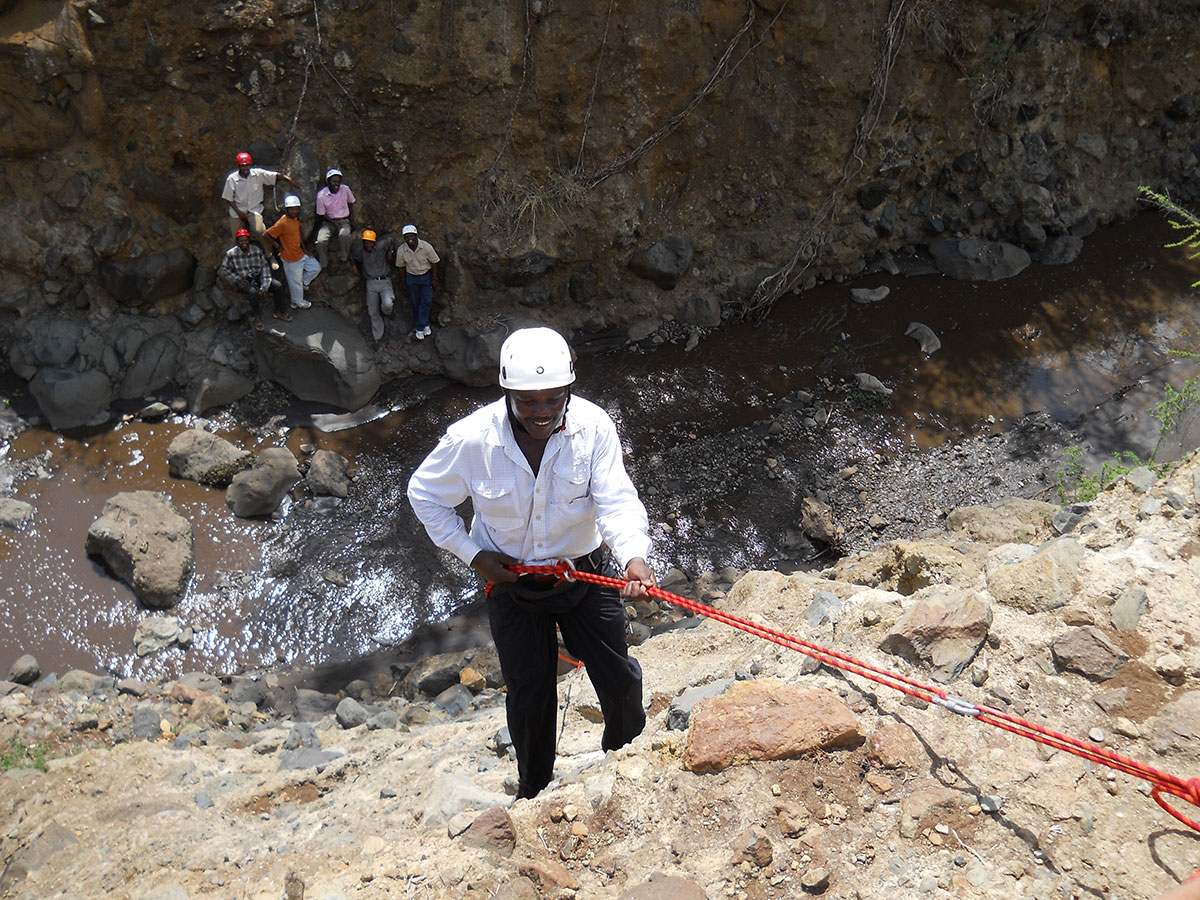
The WFR certification is the highest standard of guide training on Kilimanjaro and an internationally recognized gold standard in outdoor emergency medical care. It is awarded by the Sentinel Outdoor Institute following an 80-hour course and passage of written and practical exams. It requires renewal every two years.
This certification is evidence your guide has successfully trained to use emergency medical equipment, identify and treat injuries, transport injured individuals and navigate environmental emergencies in the wilderness and with limited resources.
Why is it Important to Have an Entire Guide Team WFR certified?
We go further than many other companies by requiring all guides to be WFR certified. Many others use just one WFR certified guide per trek. Some don’t use any. The latter is obviously dangerous. Here’s why having just one WFR guide is dangerous as well.
Imagine a member of your trekking team needs to descend the mountain. If you only have one WFR-certified guide on the trek, who do you send with the trekker? In this situation, one party will have to risk journeying without a guide properly trained in wilderness medicine, either the descending individual or the rest of the team. That’s a situation we don’t think any Kilimanjaro trekker should find themselves in.
Going Beyond a WFR Certification
Guides on Thomson treks are specially qualified in a few other ways as well.
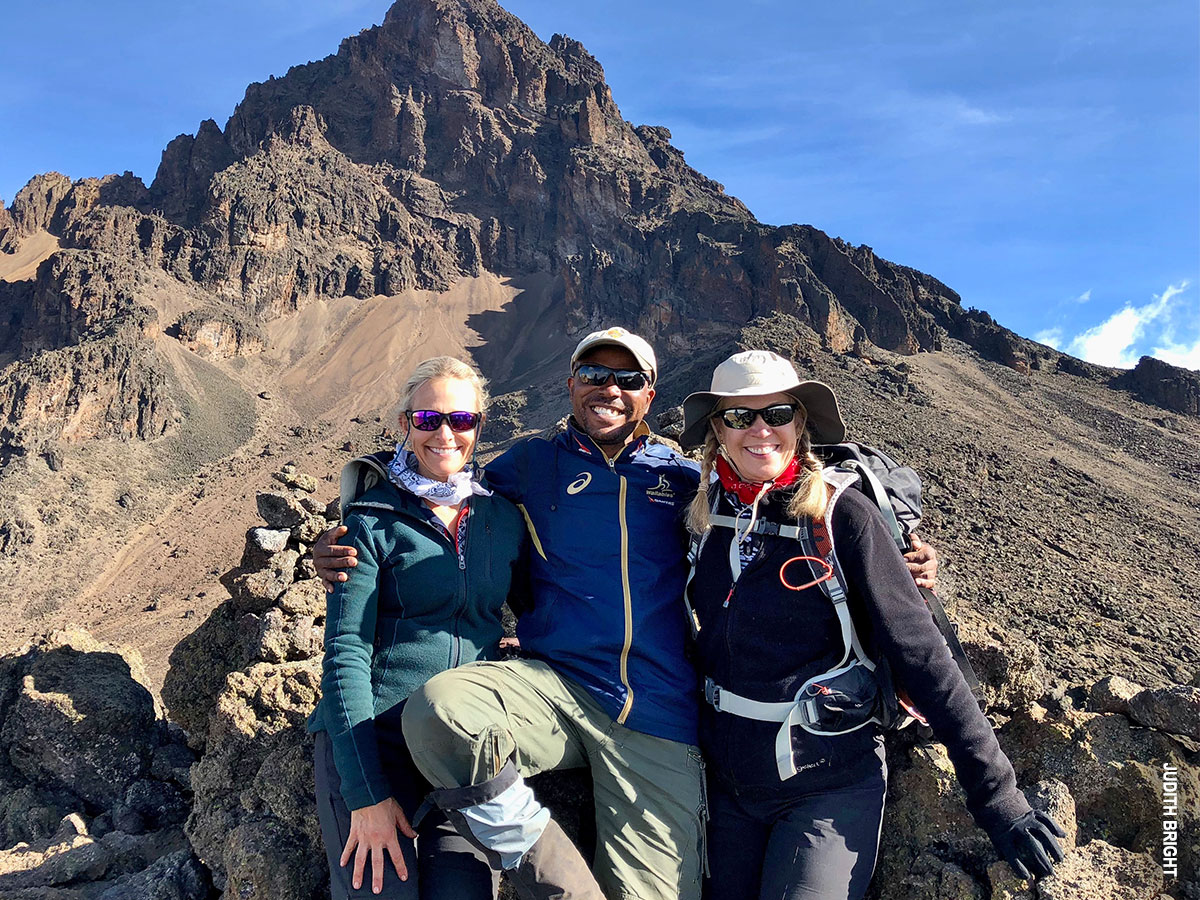
- All head guides have achieved over 100 professional summits each, at a minimum.
It’s more common for guides to have summitted closer to 200 times or more. Their familiarity with Kilimanjaro’s routes, camps, weather patterns and experience with trekkers of various skill levels is unparalleled – quite literally.
- All guides have trained to use specialty equipment.
Thomson uses more high-altitude safety equipment than any other institution in Tanzania. This includes devices that require special training, like automated external defibrillators (AEDs) and portable hyperbaric bags (also called Gamow Bags).
They’re extensively trained on how to administer oxygen, how to build a hypothermia wrap and how to build a rigid stretcher for evacuations – the only one of its kind on Kilimanjaro.
The guides carry handheld radios to communicate with each other and with camp and also satellite phones for emergency communications. We cover every angle.
- All guides follow our tested procedures and strategies.
With Thomson, your guide’s training is part of a larger trekking strategy. Here’s one example. Guides on our treks measure each traveler’s pulse and blood oxygen level at particular times during the day. They record that data and use it to make judgments about trekking pace and the like.
On every one of our journeys, you can rest easy knowing you’re with the best of the best on Kilimanjaro, and you’re using a time-tested approach that has gotten thousands of people to the Roof of Africa.

